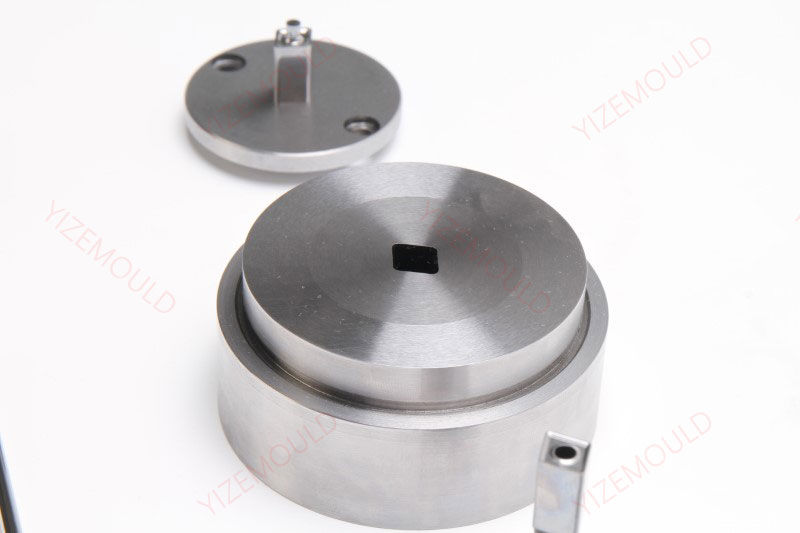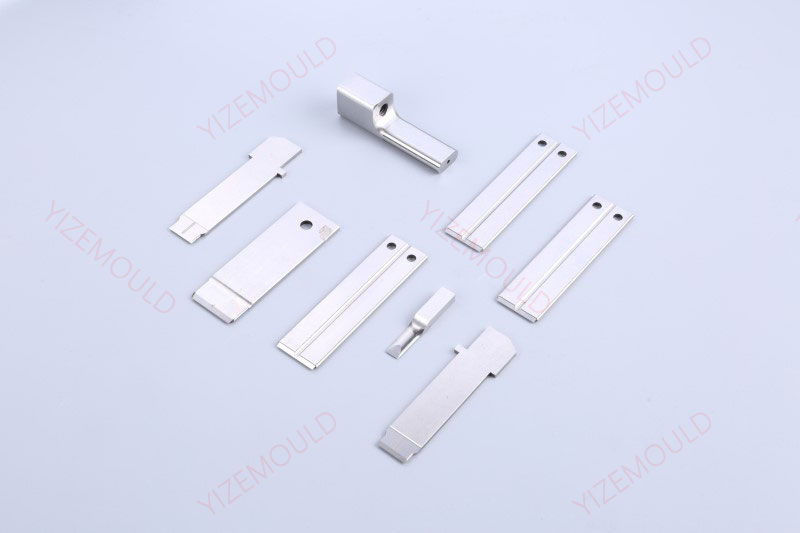Can carbide inserts be sharpened?
Carbide inserts can be sharpened. Diamond grinding wheels are commonly used for grinding carbide inserts due to their high hardness, brittleness, poor thermal conductivity, and high thermal expansion rate. Factors […]
Carbide inserts can be sharpened. Diamond grinding wheels are commonly used for grinding carbide inserts due to their high hardness, brittleness, poor thermal conductivity, and high thermal expansion rate.
Factors affecting the service life of carbide tools.
The service life of carbide tools is not only related to their wear resistance but also often manifested in abnormal wear such as chipping, breakage, and fracture. Surface defects such as grinding cracks on the tool after grinding are one of the important reasons for this abnormal wear. These surface defects include manufacturing defects (such as delamination, cracks, incomplete pressing, holes, etc.) exposed on the surface after grinding and grinding cracks caused by unreasonable grinding during the grinding process. Grinding cracks are more common. Conventional detection methods such as naked eye inspection, magnifying glass, and tool microscope often lead to missed detections. The use of tools with undetected defects, especially in high-speed cutting conditions, can cause serious consequences. The harm caused by grinding crack defects in carbide tool products is significant. Therefore, it is crucial to use reasonable grinding methods.
Our factory business: carbide parts, mold parts, medical injection molds, precision injection molds, teflon PFA injection molding, PFA tube fittings. email: [email protected],whatsapp:+8613302615729.

Grinding Methods.
Negative Rake Grinding Method;
The negative rake grinding method refers to grinding a negative rake strip on the front or back surface of the tool before grinding the tool. Carbide is a hard and brittle material. During grinding, the tool is subjected to impact loads due to wheel vibration, which can easily cause vibration cracks. At the same time, the instantaneous heating and cooling in the grinding zone may exceed the strength limit of the carbide and result in thermal cracks. The negative rake grinding method can improve the strength of the blade, enhance its resistance to vibration and impact loads, increase the heated area to prevent excessive heat transfer to the blade during grinding, thereby reducing or preventing crack formation.

Molybdenum Disulfide-Infused Grinding Wheel;
At room temperature, a mixture solution is prepared by mixing powdered molybdenum disulfide with anhydrous ethanol. Then, a new ordinary grinding wheel is immersed in the mixture solution in a sealed container (to prevent ethanol volatilization). After 14 hours, the grinding wheel is removed and naturally dried for 18 to 20 hours until completely dry. The internal gaps of the treated grinding wheel are filled with molybdenum disulfide, which can lubricate the abrasive grains, promote good chip removal, and prevent clogging. Tests have shown that when grinding carbide inserts with molybdenum disulfide-infused grinding wheels, the grinding is sharp, the abrasive grains are less likely to dull, the workpiece deformation is minimal, chip removal is smooth, and the shape of the chips is mostly in strip form, which carries away most of the grinding heat. This improves the grinding efficiency and increases the yield of the inserts.
Proper Selection of Grinding Parameters;
If the frictional force during the grinding process is too high, the grinding temperature can rise sharply, leading to blade rupture. Therefore, it is essential to select the appropriate grinding parameters. The commonly used reasonable grinding parameters are: circumferential speed v = 10-15 m/min, longitudinal feed rate f_z = 0.5-1.0 m/min, transverse feed rate f_x = 0.01-0.02 mm/stroke. When manually grinding, both the longitudinal and transverse feed rates should not be too large.
Other Process Measures;
Insufficient rigidity of the tool holder, unstable tool clamping, spindle runout of the machine tool, and other factors can cause grinding cracks. Therefore, the processing system composed of the machine tool, grinding wheel, fixture, and tool should have sufficient rigidity, and the axial and radial runout of the grinding wheel should be controlled. There are many factors that can cause grinding cracks in carbide tools. Only by selecting suitable grinding wheels and adopting reasonable grinding processes can crack formation be effectively avoided and grinding quality be improved.
Related Posts
- Unveiling the Key Factors Affecting the Lifespan of Tungsten Carbide Bushings
- Tungsten Carbide Punch Maintenance Tips: The Essential Guide to Extending Lifespan
- Comprehensive Analysis of Tungsten Carbide Machining Advantages
- Key Considerations for Using Tungsten Carbide Parts: What You Need to Know!






